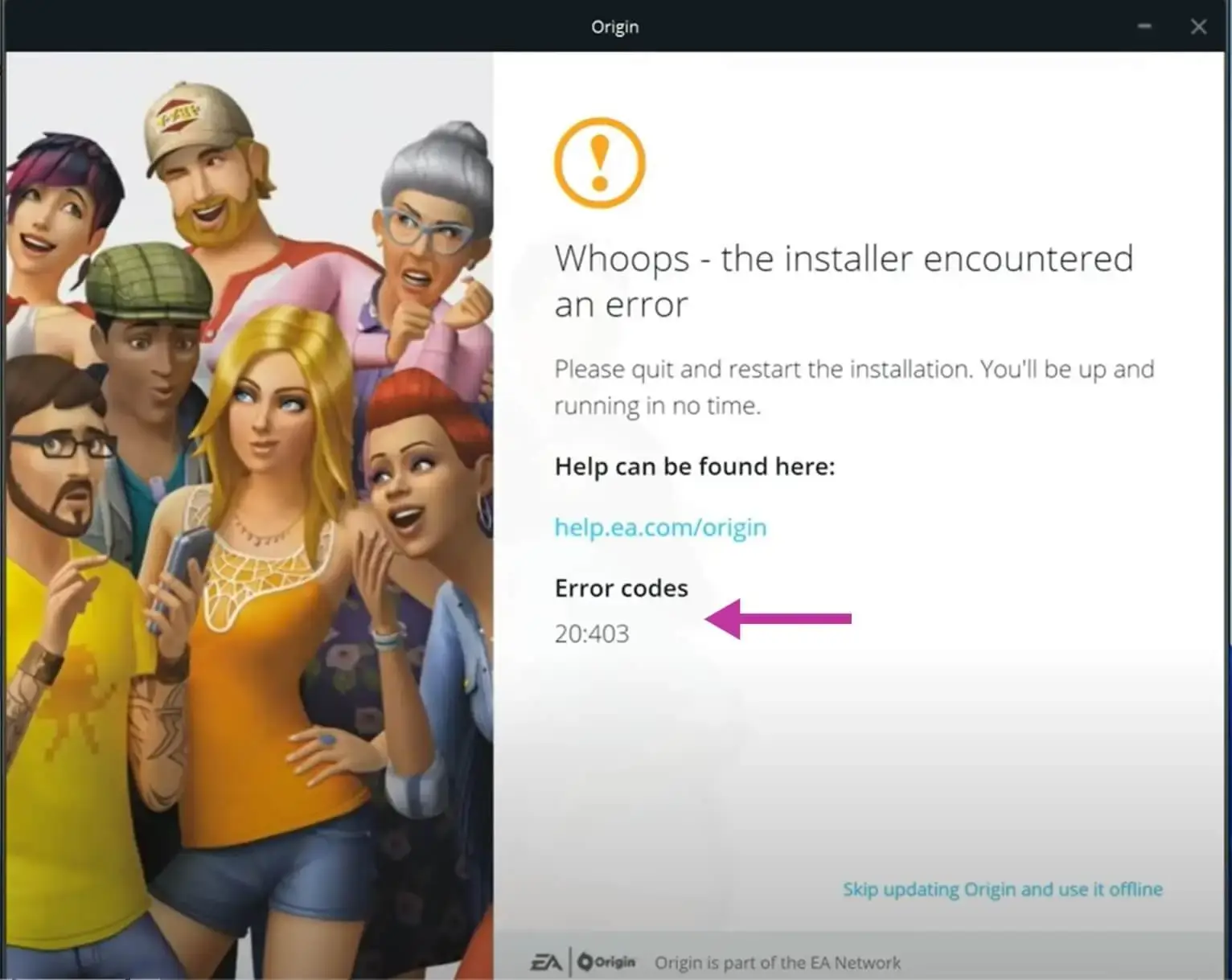What is errordomain=nscocoaerrordomain&errormessage=could not find the specified shortcut.&errorcode=4
Based on the error message, it appears that “errordomain=nscocoaerrordomain&errormessage=could not find the specified shortcut.&errorcode=4” refers to a problem with a system or application on macOS.
The NSCocoaErrorDomain error with error code 4 and the message “Could Not Find Specified Shortcut” is one example of this kind of error that frequently baffles both developers and users. As users attempt to decipher its meaning and resolve the issue, this cryptic message may halt processes and leave them confused.
Understanding the Error Message: “Could Not Find Specified Shortcut”
It requires an understanding of its fundamental ramifications. This message commonly demonstrates a disappointment inside the framework or application to find an assigned easy route. It proposes a powerlessness to get to or execute a particular order or capability because of the nonappearance or removal of the easy route.
It commonly emerges from different factors like wrong setup settings, absent or defiled records, or changes in framework authorizations. Digging into the setting of the mistake event and looking at related framework or application parts can give important bits of knowledge toward settling the issue.
How to fix errordomain=nscocoaerrordomain&errormessage=could not find the specified shortcut.&errorcode=4

This blunder can emerge from different variables, like mistaken design settings, absent or undermined documents, or changes in framework consent. Diving into the setting in which the blunder happens and analyzing related framework or application parts can give important insights towards settling the issue successfully.
Step-by-Step Guide to Troubleshooting the errordomain=nscocoaerrordomain&errormessage=could not find the specified shortcut.&errorcode=4
Investigating the mistake “Couldn’t Track down Determined Easy route” can be a deliberate interaction pointed toward distinguishing and tending to the basic reason. Start by looking at the setting in which the mistake happens, noticing any new changes or activities that might have set off it.
Method 1: Checking Shortcut Settings
Checking shortcut settings is an essential step in troubleshooting the error “Could Not Find Specified Shortcut.” Begin by examining the shortcut properties to ensure they accurately reflect the desired command or action.
Verify that the shortcut path is correct and points to the intended destination without any typos or discrepancies. Additionally, check for any associated permissions or access restrictions that may be hindering the shortcut’s functionality.
If necessary, recreate the shortcut or adjust its settings to align with the current system configuration. By meticulously reviewing and validating shortcut settings, you can eliminate potential misconfigurations and pave the way for resolving the error effectively.
Method 2: Verifying File Path and Accessibility
- Twofold checks the exactness and fulfillment of the document referred to alternately.
- Evaluate the availability of the objective document or objective envelope for the client account.
- Change record authorizations if important to guarantee appropriate access and execution of the alternate way’s objective.
- Note the alternate way’s document way for exactness and fulfillment.
- Guarantee the objective record or envelope is available to the client account.
- Change record consents if necessary to empower legitimate access and execution.
Method 3: Updating Software and Frameworks
Here are the following moves toward updating programming and structures through which we can take care of the issue.
- Check for refreshes in the application’s settings or inclinations menu.
- Visit the authority site of the product designer to physically download the most recent adaptation.
- Guarantee the working framework is refreshed to the most recent rendition for generally speaking framework soundness and similarity.
Furthermore, refreshed systems frequently furnish improved execution and better mix with other programming parts. Standard updates guarantee that your framework stays versatile against arising dangers and keeps up with similarities with developing equipment and programming conditions.
Method 4: Reinstalling or Repairing Applications
- Uninstall the hazardous application.
- Download the most recent variant from the authority site.
- Reinstall the application adhering to the establishment directions.
- Run any suitable fix utilities given by the application.
- Test the application to guarantee the blunder has been settled.
A few applications offer a maintenance choice, which can fix ruined records or misconfigurations without requiring a full reinstall
Additional Tips and Best Practices
• Consistently tidy up and coordinate your easy routes to keep up with ideal execution.
• Use console alternate ways at whatever point conceivable to smooth out the route and lessen dependence on dangerous easy routes.
• Keep a reinforcement of significant easy routes and routinely trade or sync them across gadgets for added security.
• Occasionally audit and update alternate route settings to adjust to changes in programming or framework arrangements
To prevent the “errordomain=nscocoaerrordomain&errormessage=could not find the specified shortcut.&errorcode=4”
We can follow these best practices:
- Regularly survey and update alternate way setups to guarantee exactness and significance.
- Maintain coordinated document designs to limit the gamble of alternate ways highlighting inaccurate or out-of-reach areas.
- Implement hearty reinforcement and variant control frameworks to defend against unplanned erasure or defilement of alternate route-related records.
- Educate clients on legitimate easy route creation and use practices to lessen the probability of blunders brought about by client oversight or misconception.
Conclusion and Final Thoughts
All in all, investigating the “Couldn’t Track down Determined Easy route” mistake requires a deliberate methodology and scrupulousness.
Via cautiously checking alternate way settings, record ways, and openness, and taking into account factors, for example, programming updates and best practices, you can analyze and determine the mistake.
Make sure to remain proactive with upkeep and association of alternate ways to forestall future events. With steadiness and tolerance, you can defeat this mistake and guarantee the smooth activity of your framework or application.
FAQ’s
What causes the “Couldn’t Track down Indicated Alternate way” blunder?
A common cause of this error is a misconfiguration, an incorrect record path, or an issue with openness.
How might I investigate the “Couldn’t Track down Determined Alternate way” mistake?
Investigating steps might incorporate confirming the alternate way’s record way, really looking at availability settings, refreshing programming, and fixing or reinstalling applications depending on the situation.





